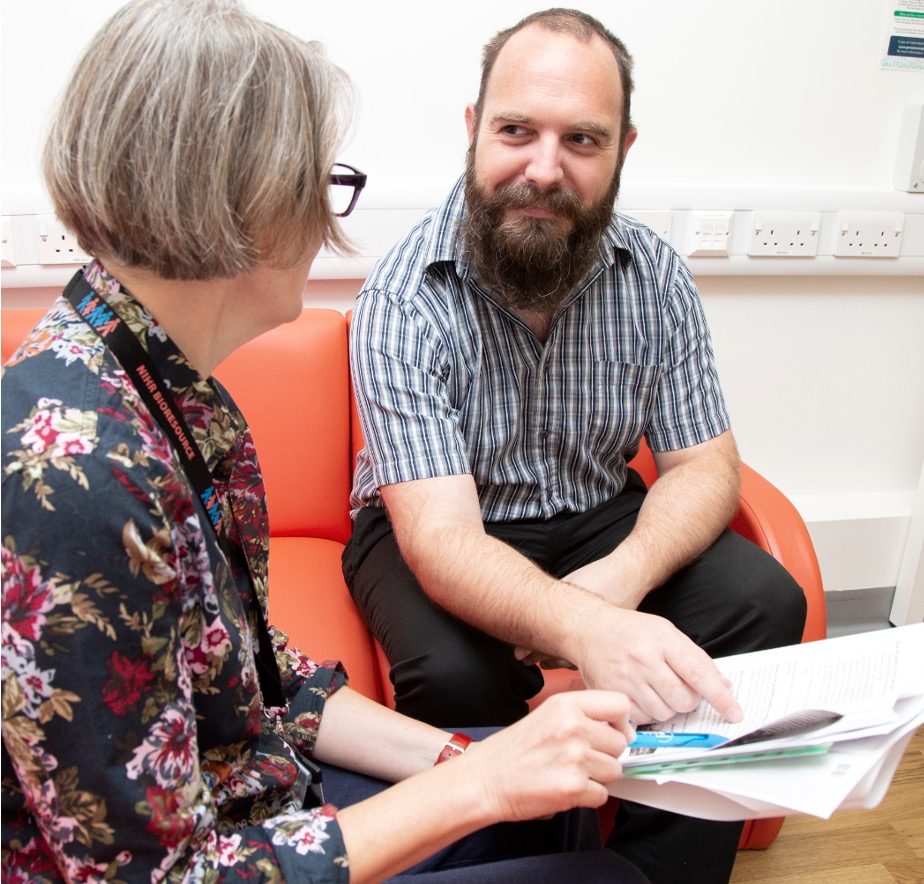Our research – case studies
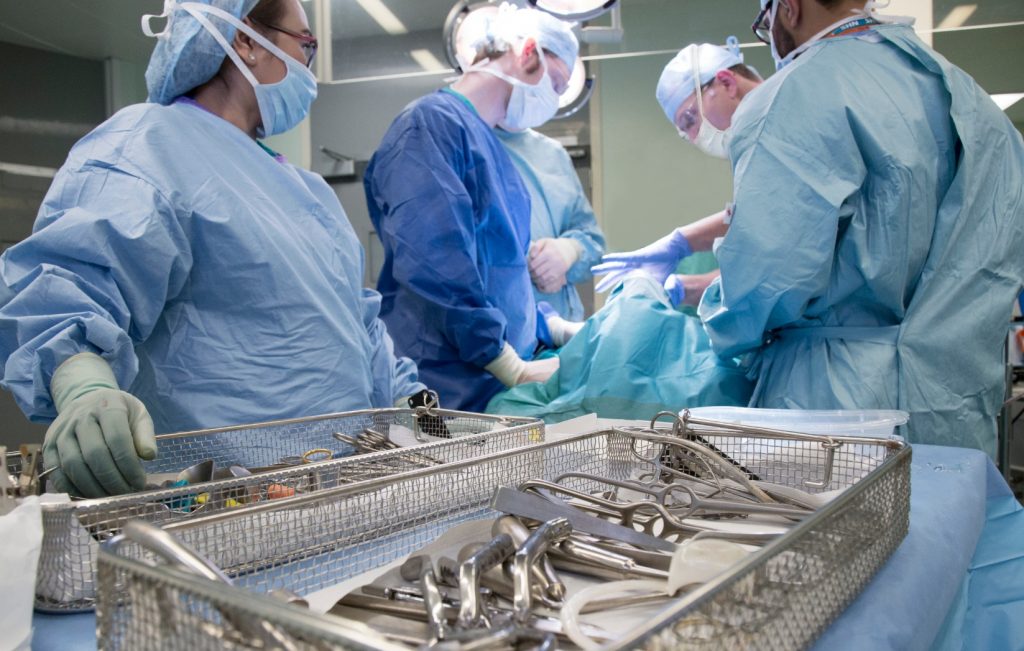
Increasing the number of organs available for transplantation
Cambridge researchers provided evidence that showed that patients receiving kidneys from donors who died from circulatory failure had similar medium- to long-term outcomes to those who had received kidneys from donors who had died from brain death.
Previously it was believed that organs from circulatory death donors were inferior to those from brain death patients.
This has enabled clinicians to address the severe shortfall in organs available for transplantation, and now circulatory death kidneys account for one-third of all kidney transplants performed in the UK.
BRC researchers have also introduced the practice of sampling kidneys taken from older donors prior to transplantation, allowing them to be examined under the microscope to assess the health of the organ. This helps clinicians decide whether to use these kidneys, potentially reducing the number unnecessarily discarded. This practice is now being examined in a national trial.
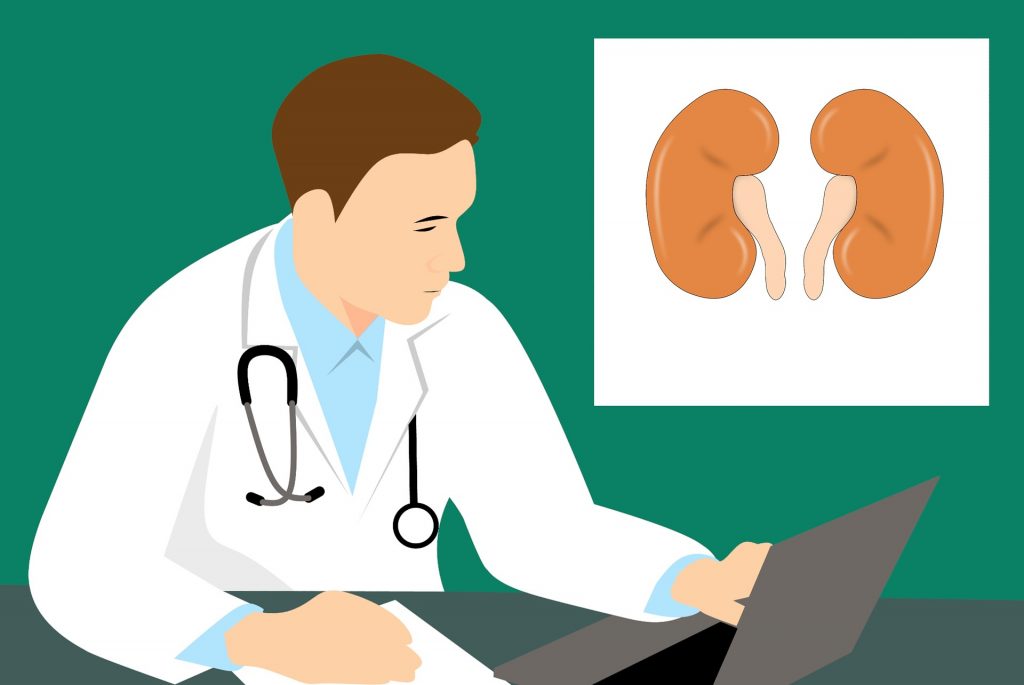
Could biopsies of donor kidneys help reduce waiting lists?
In the UK approximately 5,200 people are waiting for a kidney transplant: with only 3,300 transplants carried out each year, the average wait for a kidney is two to three years.
A lot of kidneys are often rejected as they are seen as unsuitable for transplantation, due to the donor’s age or the fact that they had a serious health condition.
To address the shortage, researchers have developed a new tool to analyse kidneys to see if they are suitable for transplantation – including those which have been initially rejected because the donors were too old or too ill.
In the largest study of its kind, researchers showed that conducting pre-implantation biopsies to assess the quality of the kidneys can help surgeons determine whether they are suitable for surgery.
There are now proposals to bring these biopsies into routine practice for kidney transplants, so more procedures can be carried out, reducing the number that are discarded. This could lead to reducing waiting times for kidney transplants and save hundreds of lives.
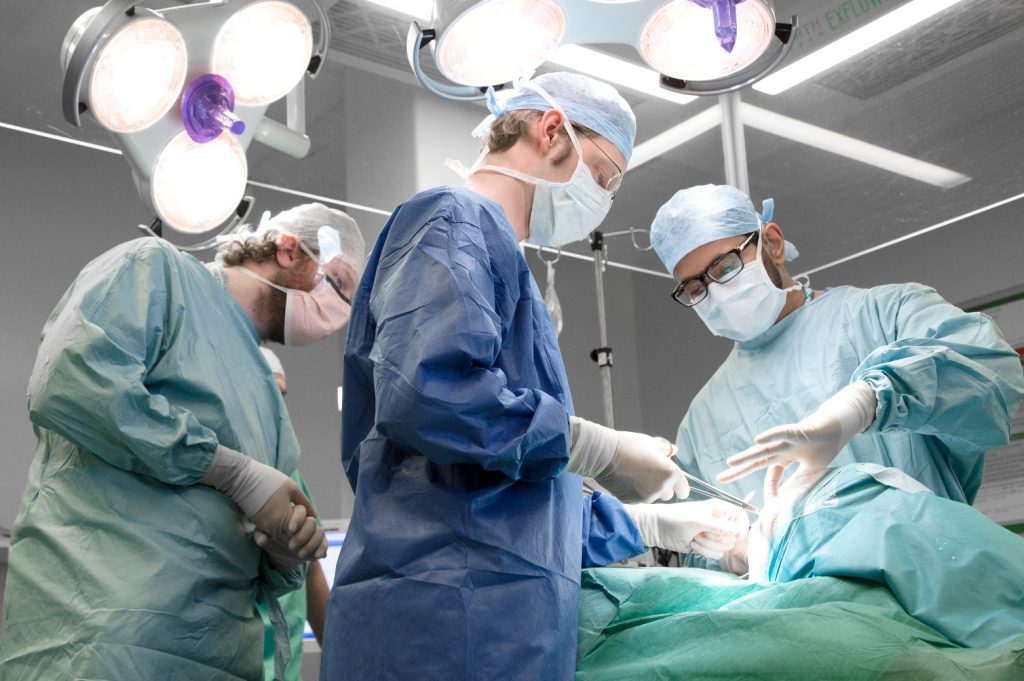
Improving dialysis for kidney patients
Cambridge researchers are investigating why arteriovenous fistulae (AVF) fail in half of patients in a first-of-its-kind trial.
People with end-stage kidney disease require a kidney transplant but as there is a waiting list for suitable kidneys, they also need regular dialysis treatment.
Haemodialysis, where you are hooked up to a machine which flushes the excess fluid and toxins from your blood, it is the most common form of dialysis and one of the ways to receive it is via an AVF.
This is created by joining a small artery to a vein in the patient’s arm. It is less risky than inserting lines into bigger veins, reduces infection and is more popular amongst patients.
But nearly half of all AVF surgeries fail in the first year – and researchers want to investigate what causes them to fail.
The SONAR trail will use ultrasounds to scan patients, who have recently had the AVF surgery, over 10 weeks to find out more about how AVF grow and also to see if problems can be detected earlier, potentially reducing the failure rate and also the need for further surgery.
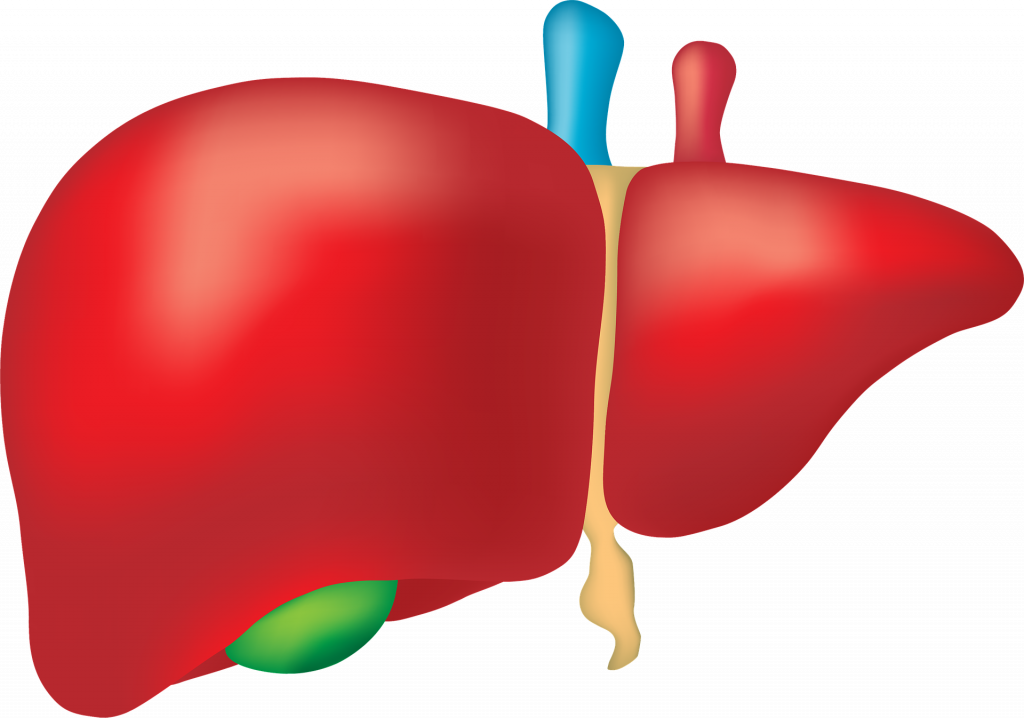
Patients better off accepting a ‘poorer quality’ liver than waiting for a ‘better’ one, research shows
Research has shown that patients waiting for a liver transplant who accept the first suitable offer may have a greater chance of survival – especially if they have advanced liver disease.
Transplantation practice has changed dramatically in the UK in the last 10 years. For several decades, only those deceased persons who had catastrophic brain injury and were declared ‘brain-stem dead’ (BSD) were considered for donation.
More recently, increasing numbers of deceased organs are retrieved from individuals who are not brain dead but whose survival prospects are futile and who are declared dead after their heart has stopped beating (otherwise known as a ‘donation after circulatory death’, or DCD).
DCD donation now makes up about 40% of UK transplant activity – worldwide, only the Netherlands achieves similar rates.
The NIHR part-funded research analysed data covering 2008-15 from more than 5,800 patients waiting in the UK for a liver-only transplant, including 3,900 patients who had received a liver-only transplant, of which 23% were from DCD donors. The analysis showed that outcomes following DCD liver transplantation were poorer than outcomes following DBD liver transplantation, with a higher rate of failure of the DCD liver transplant leading to slightly poorer recipient survival.
However, the authors reported that if outcomes were considered from the point of listing the patient for transplantation, then it was better for the patient to accept the offer of a DCD liver rather than to defer and wait for an offer of a better ‘quality’ DBD liver.
This was because there was no guarantee of receiving that liver, and many patients died while waiting. The authors further showed that the greatest survival benefit in accepting a DCD liver offer was for those patients with the most advanced liver disease.
The research will help patients and their clinicians in their decision whether or not to accept a DCD liver offer or wait to receive a “better” liver from a DBD donor.
- Liver transplantation is the only effective treatment for end-stage liver disease and can provide an average of 17–22 years of additional life.
- Circulatory death kidneys now account for one-third of all kidney transplants: find out below how BRC-supported research in using potential DCD donors is helping to address the severe shortfall in kidney organs available for transplantation.
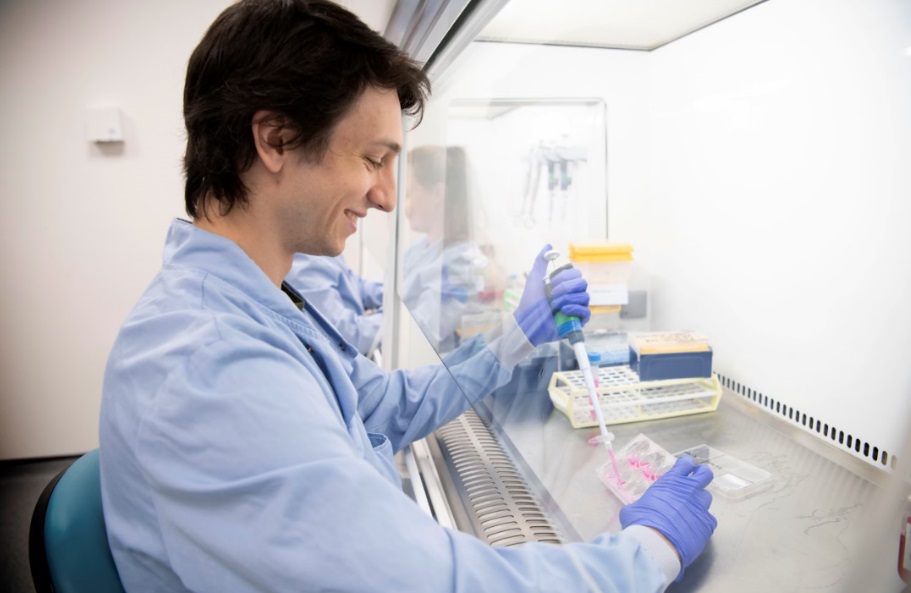
How is research helping with life-saving liver transplants?
Professor Ludovic Vallier, who was lead for the former transplantation and regenerative medicine theme, gives an update about his team’s cutting edge liver research, why we need donated livers and the importance of collaborative working.
Professor Vallier explains that no donated livers are wasted even if they are not suitable for transplantation as researchers can use them to learn more about the liver and improve treatments to ultimately benefit patients.
Watch the short video below to find out about the latest research happening in Cambridge.
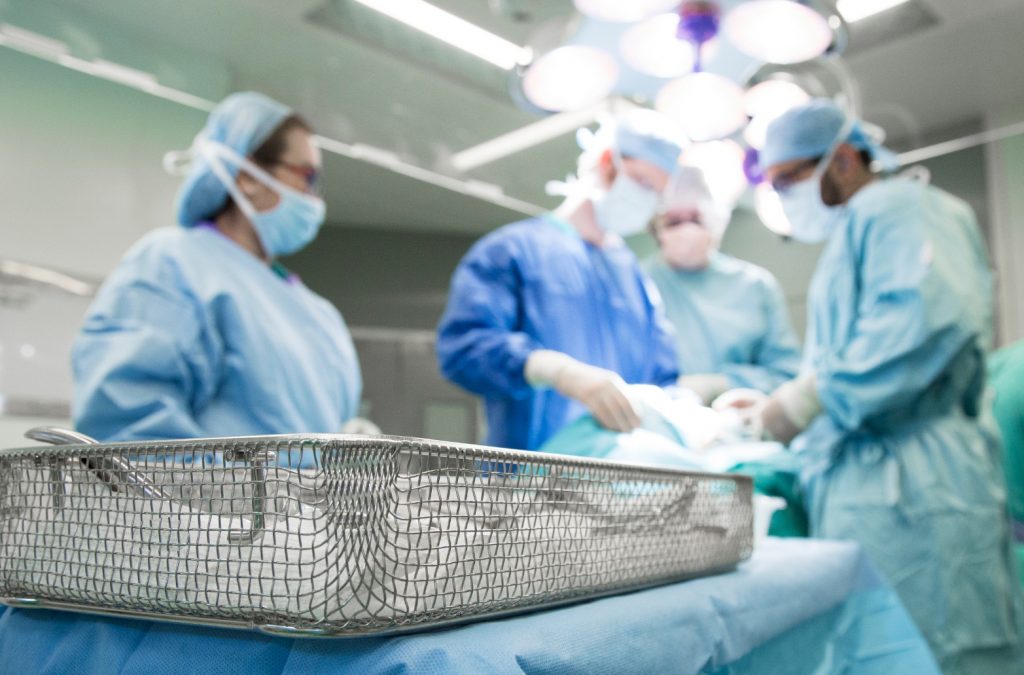
Repairing damaged donor livers course increase life-saving transplants
Growing mini bile ducts in a lab to repair a damaged livers could help treat patients whose own livers are not functioning correctly.
Bile ducts act as the liver’s waste disposal system, and malfunctioning bile ducts are responsible for a third of adult and 70 per cent of children’s liver transplantations.
Due to a shortage of livers, researchers needed to find alternative solutions and investigated whether they could repair the liver using cell-based therapies.
Using a perfusion system, researchers could show they could transplant biliary cells grown in the lab known as cholangiocytes organoids – in the bile duct that act as a barrier between the bile and other tissues – into damaged human livers to repair them.
In order to do this the researchers used a technique known as single-cell RNA sequencing to learn more about the individual cells lining the biliary tree. They found cells from the gallbladder could be converted into cells in the bile duct and could replace the damaged ones.
This is the first time a procedure of this kind has been used on human donor organs and could be useful for other organs.

